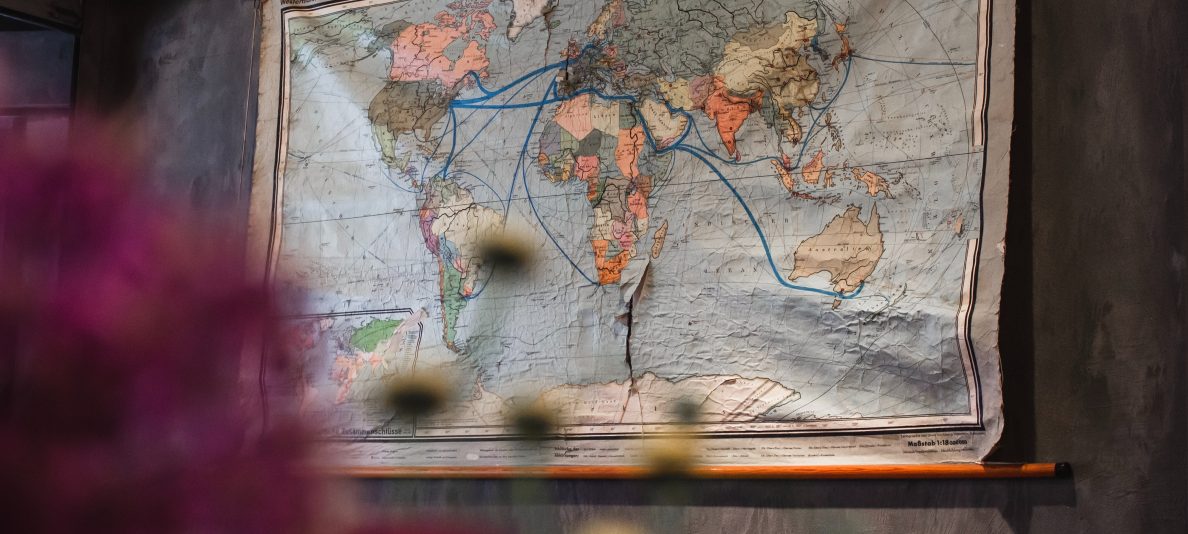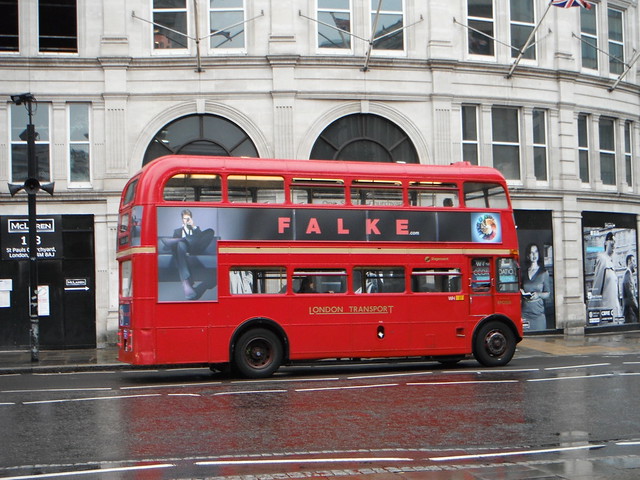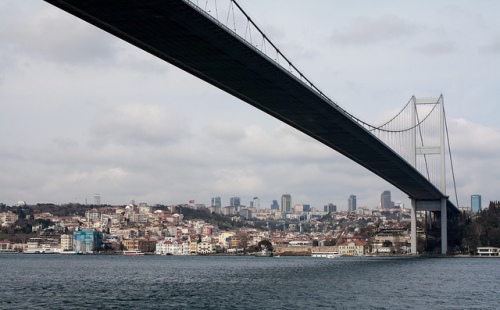Have you ever been overseas and wished that you could just blend in—going unnoticed, attracting no stares?
Sometimes, that’s hard to do:
But other times, you’re in a place where you look as if you could fit in. For instance, that could be me in England, where my ancestors are from. I have the genetic foundation for looking like a Brit, but it’s the extra things—the add ons, so to speak—that are harder to manage.
Below is an interesting video featuring Jonna Mendez, the CIA’s former chief of disguise. In it, she says that her goal in the agency was to help people disappear in plain sight. “You want to be the person,” she explains, “that gets on the elevator and then gets off, and nobody really remembers that you were even there.”
But a physical disguise can only go so far. Especially, it seems, for those of us from the States. According to Mendez, “Americans are oblivious to what it is that reveals them to a foreign crowd, or a foreign intelligence service, when they’re out in public.” She then goes on to point out how we use silverware differently than Europeans do (they cut their meat and eat with their forks staying in the left hand, while we switch our forks to the right hand to put food in our mouths), how we hold cigarettes differently (they put their smokes between the thumb and first finger, while we put it between our first two fingers), and even how we stand (Europeans tend to stand with their weight evenly balanced between their feet, while we put most of our weight on one foot or the other).
Of course, clothes can be a giveaway, too. If you’re an American in Europe and don’t want to be a target for those who prey on tourists, she suggests, you could wear clothes that you’ve bought from a local store or put a local pack of cigarettes in your pocket.
Ladies, if you want to blend in in France, here are seven clothing non-nons from Marie-Anne Lecoeur, author of How to Be Chic and Elegant. I must say, I love her accent, especially as she describes tip number two, “No plunging necklines.” I’m pretty sure she says you don’t want to wear a top where “a lot of your bust is explosed.” How appropriate.
Lecoeur is something of a fashionista. American travel guru, Mark Wolters, is nothing of the sort (something he is eager to point out in this next video). But he does have apparel tips for Americans traveling in Europe, aimed mostly at the male population over 35.
Of course, this all requires that you don’t blow your cover by opening your mouth and saying something.
Once, in London, I was taking a ride on a red double-decker bus and saw two women, fellow visitors also enjoying the sights. Wanting to strike up a conversation with some fellow Americans, I asked, “Where are ya’ll from?”
“Well,” one answered. “Now we know where you’re from. We’re Canadians.”
I can’t even blend in with the tourists.
[photos: “Moth in Stealth Mode,” by feck_aRt_post, used under a Creative Commons license; “Double-Decker Bus,” by Kevin Oliver, used under a Creative Commons license]






